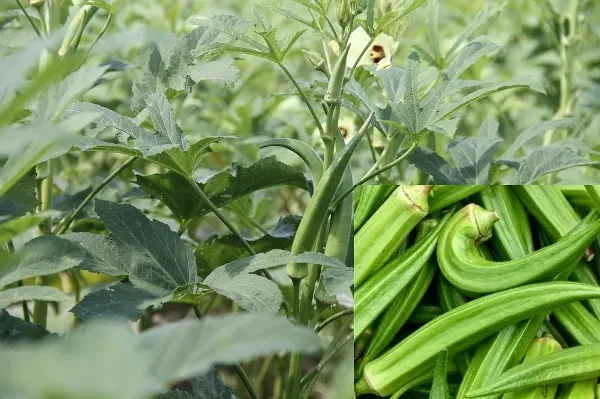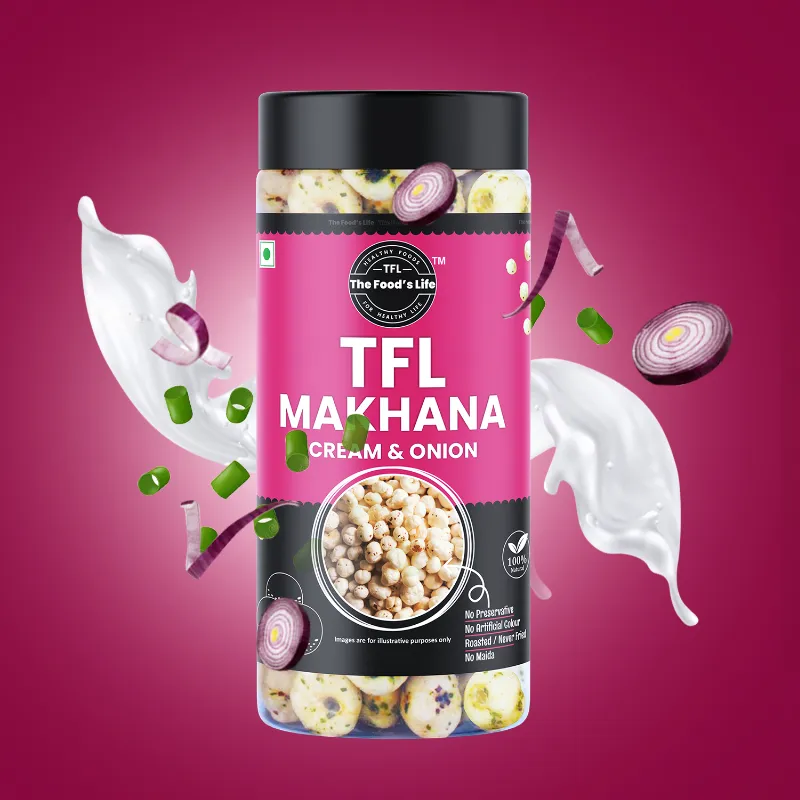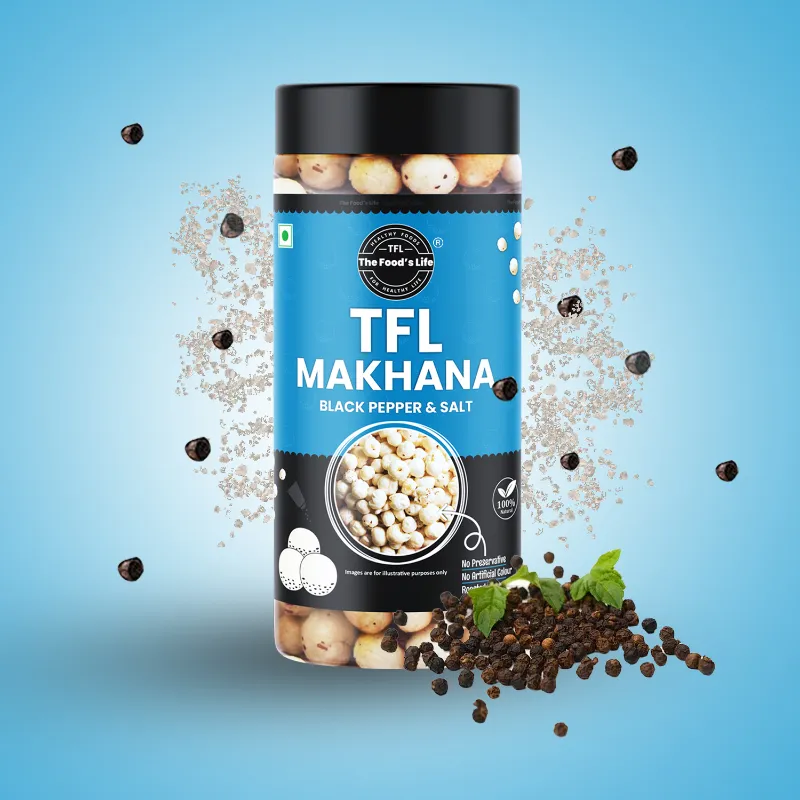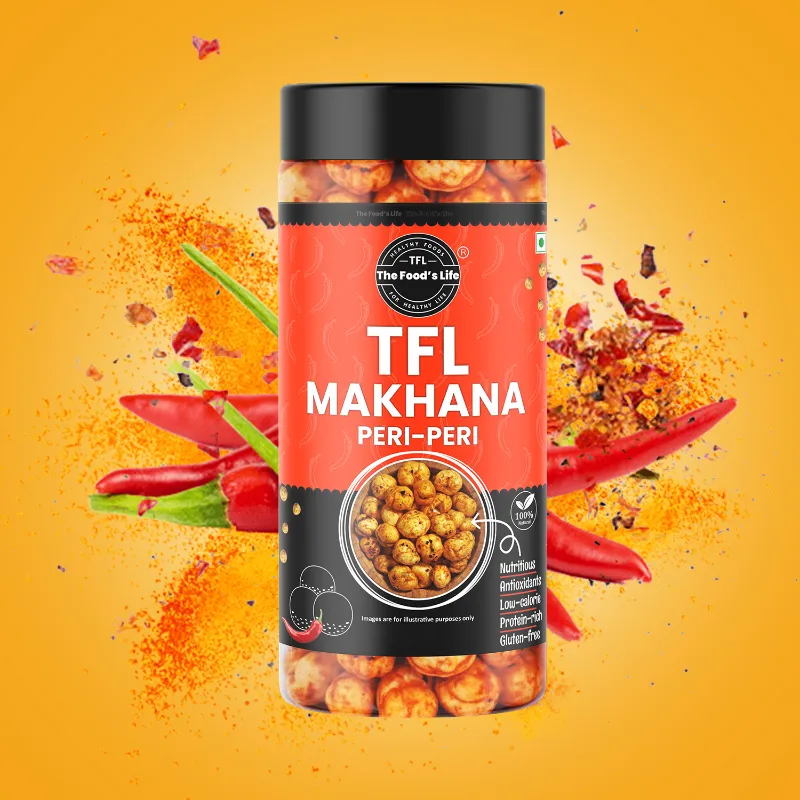Bhindi, also known as okra or ladyfinger, is a vegetable that delights our taste buds and adds a touch of green freshness to our meals. Ever wondered how this versatile vegetable makes its way from the field to your plate? Let’s demystify the harvesting process of bhindi in straightforward language.
The journey of bhindi begins with planting seeds in well-prepared soil. Farmers typically sow the seeds directly in the field, ensuring the right spacing for each plant. Bhindi plants are known for their resilience and adaptability to various climates.
After planting, the seeds germinate, and tiny bhindi plants start to emerge. As they grow, farmers monitor factors like water, sunlight, and soil nutrients to ensure optimal conditions for a healthy crop.
Bhindi plants enter the flowering stage, and this is a crucial phase in the harvesting process. The iconic yellow flowers bloom, eventually giving way to the formation of the okra pods. Each pod contains the seeds and is what we commonly refer to as bhindi.
Harvesting bhindi at the right time is crucial for optimal taste and texture. Typically, farmers wait until the pods are about 3 to 4 inches long. Harvesting too early can result in underdeveloped pods, while waiting too long may lead to tougher and less flavorful bhindi.
Bhindi pods are delicate, and care is taken during the harvesting process to avoid damage. Farmers use sharp knives or shears to cut the pods from the plant. It’s essential to handle them gently to preserve their freshness.
Bhindi plants are prolific, often producing pods continuously throughout the growing season. To encourage more pod production, farmers engage in regular harvesting. This not only ensures a steady supply but also helps the plant channel its energy into producing more bhindi.
Farmers then transport the harvested bhindi to local markets or distribution centers. Once harvested, bhindi is carefully collected in baskets or crates. It’s essential to protect the pods from bruising or excessive handling during transportation.
From the farm, bhindi begins its journey to your table. Whether you purchase it from a local market or harvest it from your own backyard, the freshness and flavor of bhindi are a testament to the careful cultivation and harvesting processes.
In conclusion, the harvesting process of bhindi is a meticulous journey that begins with planting seeds and ends with a vibrant green vegetable adorning your plate. The careful attention of farmers, combined with nature’s wonders, brings this delightful green delight to our tables. The next time you savor the crispness of bhindi in your favorite dish, remember the journey it took to reach you—straight from the fields to enhance your culinary experience.






